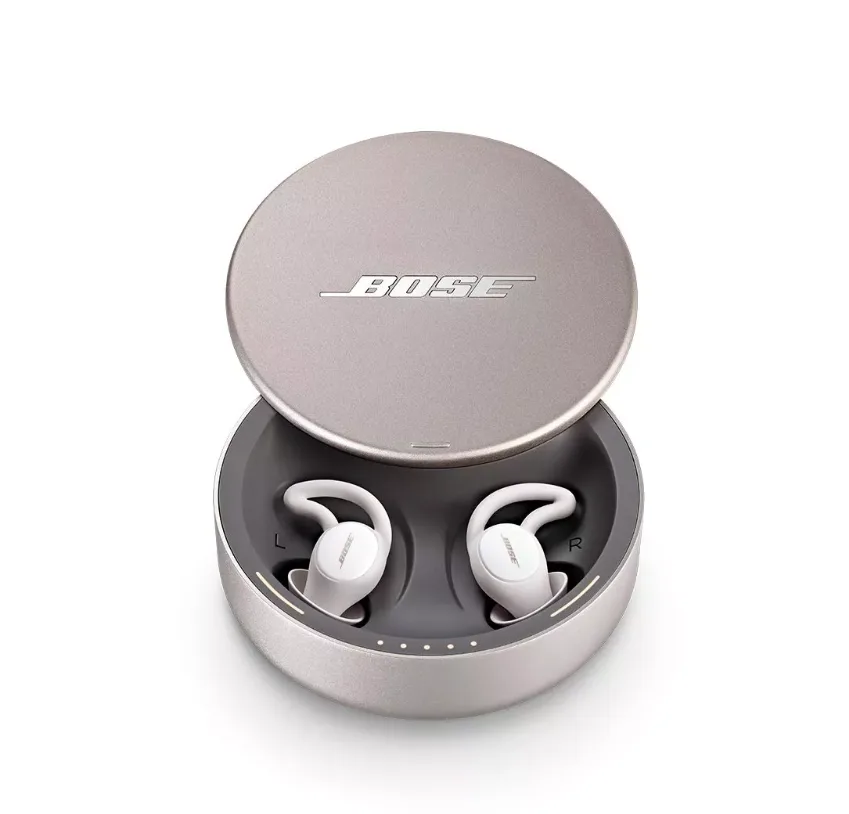
Best Earbuds for Side Sleepers in 2025 (Tested for Comfort)
If you sleep on your side, you know the move: settle in, get comfy, then—ouch—your ear meets hard plastic. Here’s the thing: you don’t have to pick between quiet and comfort. With the right design, earbuds can disappear into your ear and let the pillow do its job. I’ll walk you through what actually matters so you can find the Best Earbuds for Side Sleepers without guessing in the dark at 2 a.m.
Why side sleeping makes earbuds tricky
Your ear isn’t flat. The helix, concha, and tragus all press against a pillow, which turns normal earbuds into little levers. A tall earbud shell or long stem transfers that pillow pressure straight to the cartilage. That’s the tender ache you feel after a few minutes.
There’s also the occlusion effect. When a tip seals deeply, your heartbeat and breathing can sound boomy, and any fabric rubbing the earbud can echo. Add active noise canceling and—believe it or not—pillow contact noises can get amplified even as outside hums vanish. So the shape and surface of the bud matter as much as the ANC chip when hunting the Best Earbuds for Side Sleepers.
What actually makes a bud comfy on your side
Height is the quiet villain. Low-profile shells that sit flush (or close) with your outer ear avoid becoming a pressure point. Rounded edges help, too, because sharp rims dig in when you shift. I look for buds with shallow nozzles, venting to reduce pressure build-up, and a smooth, lozenge-shaped face that can “hide” in the concha instead of sticking out like a doorknob.
Tips make or break the fit. Memory-foam tips compress, seal gently, and then expand to hold without shoving the bud deeper. Small tips can be surprisingly better for side sleepers because they sit shallower and reduce the lever effect. If you’re chasing the Best Earbuds for Side Sleepers, start with small foam tips, then try one size up only if you need more seal.
ANC for sleep: how much is enough?
Active noise canceling shines with steady lows—HVAC, road rumble, airplane drone. Snoring and random clanks are trickier. I’ve had the best luck pairing ANC with a low, steady sound (brown noise or rain). That gentle mask fills the gaps where ANC doesn’t, so you don’t have to crank volume. If full-strength ANC feels like ear pressure, try a “low” or “adaptive” mode; it’s often comfier for long nights.
One more quirk: pillow thumps. When fabric taps the outside mic area, you can get little booms. A silk or sateen pillowcase reduces friction noise, and turning touch controls off while you sleep prevents accidental mode switches when your cheek brushes the bud.
Fit tweaks that change the game
Quick wins first: use smaller or foam tips, insert gently, then rotate the bud’s face toward your jaw so it “tucks in.” Remove ear wings if they poke. If one side is more sensitive, go single-earbud with sound set to mono; your brain fills in the rest. A low-profile or cutout pillow can relieve direct pressure on the outer ear—sounds silly, works wonders.
Keep it clean and calm. Earwax shifts pressure and seal, and high volume ramps up fatigue. I set a sleep timer so my audio fades after I’m out. If you’re still sore, you might not need new buds—just the right foam tips and a tiny rotation tweak. That’s often the missing piece with the Best Earbuds for Side Sleepers.
A few types that work well
Tiny, low-profile ANC buds are the easiest win. Think compact shells that sit flush and weigh almost nothing. Models like Sony LinkBuds S, 1MORE ComfoBuds Mini, and Samsung Galaxy Buds2 Pro often disappear for smaller ears. Traditional stem buds (like AirPods Pro) can be great for back sleepers but may press on a side pillow unless your pillow has a dip.
Sleep‑first earbuds are a different path. QuietOn 3.1 focuses on low‑frequency noise cancellation for sleep only (no music). Soundcore’s Sleep line (A10/A20) uses passive isolation plus noise masking and a sleep app. If you mainly want silence and comfort, those can beat general‑purpose ANC. If you want all‑day buds that also work in bed, go with the smallest ANC pair that truly fits your ear and add foam tips.
Safety and sanity checks
Keep volume conservative—roughly 50% with a steady noise track is plenty with ANC. Set a sleep timer. If you get ear pain or irritation, take a night off. Single‑earbud use keeps you aware of alarms and kids. And if nothing feels right, a soft headband headphone or a bedside noise machine might be the kinder long‑term answer.
Bottom line
Side sleep comfort is mostly about bud height, tip choice, and a gentle seal—then ANC and a soft noise track do the rest. If you want the short list, I put my go‑to picks and quirks into a quick, no‑nonsense review on Consumer's Best. If you’re torn between two sizes or styles, message me there—I’ll nudge you to the one that won’t bug your ear at 2 a.m.
Frequently Asked Questions

Bose Sleepbuds II Review: Your Partner for Restful Nights
The Bose Sleepbuds II are uniquely designed not to stream music, but to help you sleep better. They deliver soothing, noise-masking sounds to cover unwanted nighttime disturbances, promoting deeper, more restful sleep.




